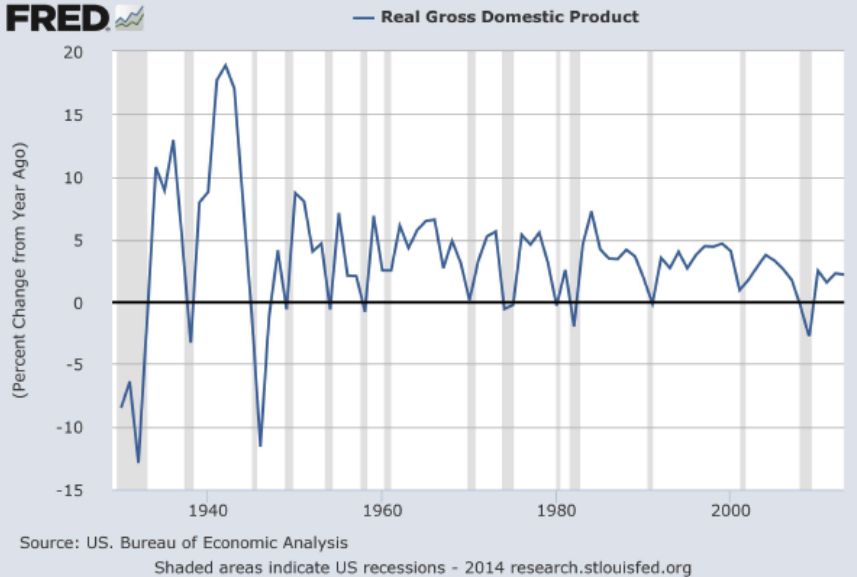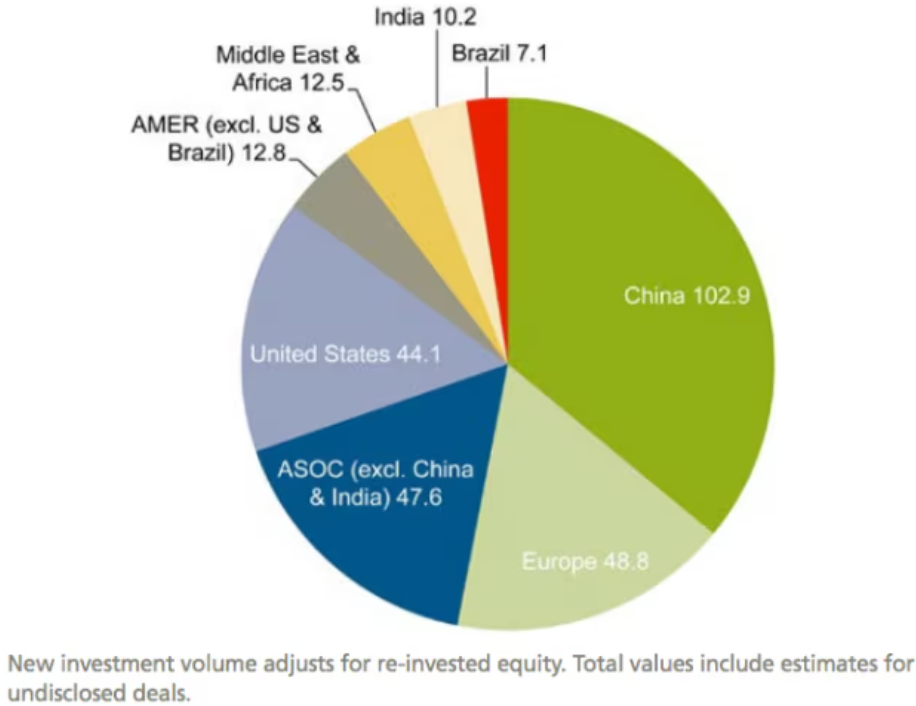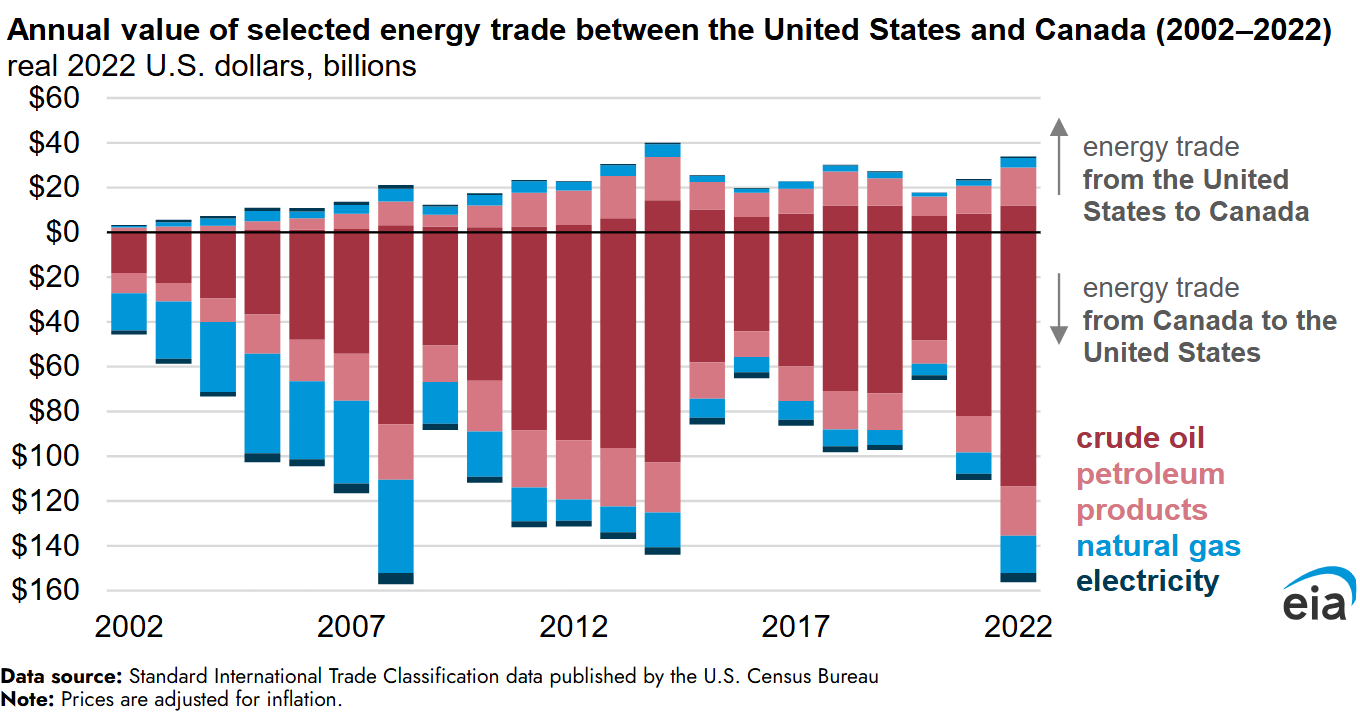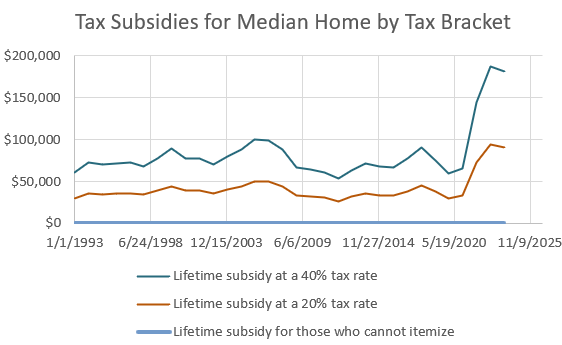Colin Read • December 24, 2022
The World's Best Innovators, Builders Not So Much - December 25, 2022

The United States produces far more discoveries and innovations than any country, bar none. An extensive network of high quality universities, the inherent competitiveness of its citizens, an incredible innovation infrastructure and a large population results in a critical mass that is incredibly creative. This synergy attracts brilliance from around the world, and is recognized by more Nobel prizes than other nations. That’s not to say there is not incredible innovation elsewhere, but the shear size of the research sector, combined with its quality and creativity, is unparalleled.
But while the system is incredible at research innovation, it falls short on developing these ideas to bring them to market. For instance, while artificial intelligence, semiconductor design, solar power, and high speed data transmission were all invented in the U.S., China dominates by a huge margin in commercializing these innovations.
This break in the chain between research and development exposes a fundamental challenge in the tension between free enterprise and investments to benefit the public. Optimal public investments should balance the resources necessary today with the benefits accrued to society in the future. All forms of investment must do this calculation, and it is inherent in the rate of return a private corporation needs to bring something to market. In their calculation, they look at the cost of available financial capital, the impatience of their shareholders in yielding quick returns, and their ability to capture as much of the possible benefits from innovation as they possibly can.
Three things work against free enterprise in this calculation. First, capital is not cheap since all potential investments compete for the same sources of capital, primarily shareholders, banks, and, sometimes, the government. A great new sustainable energy idea is then pitted against the rewards of fossil fuel development in an energy thirsty world, regardless of its inherent merits.
Second, our culture prizes short term profits over long term ones. In the long term, uncertainties magnify, not only about the potential investment itself, but also whether we will even be around long enough to see it come to fruition. A slightly better cash flow, but with cash coming a bit later than earlier will always result in a lower perceived present value and hence will require a greater return in compensation for the delayed gratification of innovation.
Third, private sector rewards depend on the ability of the innovator to extract any benefits from consumers of the innovation net of production costs. The goal of private sector innovators is to bring an exclusive product to market. The greater their extent to act as a monopoly, the stronger is its ability to maintain a higher price. In doing so, they know they are rationing their product to fewer consumers willing to pay premium prices, but the loss in quantity sold is worth the gain in price received.
Economists describe this as the monopolist’s inherent desire to increase their producers surplus at the expense of consumers surplus and in turn create a deadweight loss of potential units that go unsold to anyone. The goal of innovators is to produce the better mousetrap. Free market developers have a different goal - to prevent others from mimicking the better mousetrap through patent protection so they can restrict output and raise prices.
These factors are inherent in free enterprise. A nation such as China can out-develop the U.S. in our own innovations and designs simply by adding a fourth element. What is in the public interest, even if free market companies may find an innovation insufficiently profitable?
The greatest potential to innovate and develop in ways that will not only produce lasting benefits to the pocketbook but also to the planet is currently in alternative energy. The Stanford engineer Mark Jacobson and his team have calculated the investment cost of abundant green energy at very low marginal costs per kilowatt-hour at around $60 trillion. That is a huge amount of money, but the payback period is about six or seven years, if one does not count the various costs of fossil fuels solved by this investment, such as global warming, pollution, etc. Once these externalities arising from carbon combustion are internalized, the payback period is less than a couple of years.
But, it requires a huge public investment. The private sector of a free market economy is not adept at producing things that solve big problems but in ways from which they cannot easily extract profits. A project with massive upfront costs but which will result in energy that has almost zero production costs once these investments are made is not one from which the free market system can readily profit. Hence, it is almost impossible to scale up here as they can in China where these greater efficiencies can be captured when value in both the private and public sectors are considered.
One final problem is scalability. Most green energy is easily scalable. A small wind or solar farm is about as efficient as a big one. In other words, there are no real scale economy advantages, as economists would put it. This means a small producer is just as capable of competing as a large one, contrary to the inherent industrial strategy in the free market system that bigger is more profitable.
One new energy source is in the news this month. An incremental development in nuclear fusion resulted in more energy given off in forcing two hydrogen atoms, deuterium and tritium, to combine into one helium atom and a neutron of lighter mass than its constituents. The difference in mass between two hydrogen atoms and a helium atom and neutron is converted into more energy, thank you Albert, than the energy of the lasers used to force these atoms together.
Don’t get too excited about this first occurrence of positive net energy from fusion, though. In fact, the energy to run this experiment and to power the lasers, with only 1% of the laser power converted to laser light, is hundreds or thousands of times larger than the amount of fusion energy produced. It required a facility the size of three football fields to produce enough energy to power a small space heater for about half an hour. When I studied physics in college in the 1970s, fusion was still a couple of decades away, and still is today, if not longer.
Perhaps fusion can be part of the energy mix someday far off in the future, but it won’t be our redemption. It won’t outcompete other far cheaper alternatives, but it is nice to dream. It is also the type of innovation that attracts private capital because it yields the scale economies they need to create the monopolies they desire. But, even so, the investment cost scale is so large and the production costs likely large as well that, as thrilled as I am about fusion as a physicist, it is not a game changer for economists. Research on, as spinoffs will arise, but China has the right idea. It is better to corner the market on development than on research.
One might argue that it is unfair for China to simply take, and some argue even steal, the intellectual property developed in the United States. Perhaps. But, when has there ever been a value in science that the best science ought to be bottled up by the highest bidder? I am not defending China’s practices, but the spreading of innovation is inevitable, especially in this day and age. But nor is China a research sluff. It is doing some of the best basic research in top flight schools there, and many Chinese nationals are also leading incredibly creative research projects at our U.S. universities too. Perhaps they will someday return to Mainland China with these experiences and intellectual capital. That transfer of ideas is something from which we’ve always extracted great pride, at least until now.
Now, I don’t advocate throwing the baby out with the bathwater. The free market system has some incredible efficiencies. The problems I’ve described can be solved. But, nor do I want our bureaucrats picking winners and losers. That would be a recipe for corruption and even more dysfunctional political lobbying. What the U.S. and many western nations can do, though, is incentivize the private sector to solve the three problems I described above, and sponsor more demonstration projects that can reduce the uncertainties inherent in new product development.
By better aligning returns and risk for socially beneficial projects, this Achilles heel of private investment can at least be partially corrected. Harder to correct is the need to spread the advantages of innovations across the greatest number of residents who could benefit. That goes against the goal of innovators to monopolize and hence better capitalize on their ideas. That is the tough nut to crack.









